
8 minute read
Minimally Invasive Spinal Surgery
Minimally invasive spine surgery
By Dr Paul Taylor & Dr Greg Cunningham, Spine Surgeons, Murdoch
The principal goals of minimally invasive spine surgery (MISS) are to reduce surgical morbidity and recovery period of surgery. For most procedures, this comes down to two discrete elements.
Firstly, to reduce the extent of the surgical dissection such as the traditional “stripping” of the spine for posterior fusion in which erector spinae musculature is dissected off the vertebrae to be fused (Fig 1a), and, secondly, to reduce blood loss therefore reducing the physiological insult of the surgery and the length of recovery.
The reduced physiological insult of MISS has made surgical treatment suitable to some candidates not deemed fit for traditional open approaches.
Early development saw sequential
Key messages
MISS aims to reduce tissue damage and blood loss, thereby shortening recovery It comprises a suite of techniques with technology dependent procedures and significant learning curves to address spinal pathology Not all pathologies or patients are suitable for MISS techniques.
muscle dilating probes used with tubular table-mounted retractors allowing access to many parts of typically the posterior spine throughout its length without substantial dissection. Using an operating microscope and typically custom-designed instrumentation to reduce visual obstruction, lumbar and cervical discectomy, lumbar central canal stenosis decompression procedures were offered, typically through a 16mm or 18mm diameter tube retractor.
Placing pedicle screw instrumentation into the spine was traditionally performed ‘open’. Techniques using cannulated equipment to deliver screws percutaneously (essentially using a Seldinger technique of wire placement into a pedicle and then placing a screw over that wire) began the treatment of some fractures and tumours with pure percutaneous rod and screw placement, and, along with the use of tubular retractors, began the development all MIS lumbar fusion techniques.
Over the past decade, many techniques have developed,
Breast screening resumes
BreastScreen WA (BSWA) - the state’s breast cancer screening program - has resumed mammogram screening services. The metropolitan clinics were the first to re-open, with screening in rural areas restarting in early June 2020. Women who were invited to have a screening mammogram before the temporary suspension in April were prioritised and received the first available appointment. Other women are encouraged to book online or contact BSWA on 13 20 50 to schedule their appointment. BSWA’s Medical Director Dr Liz Wylie said she welcomed the reopening of BSWA’s screening services: “We will be booking clients based on clinical priority to ensure those who are most in need are screened first. The safety of our clients and staff remains of paramount importance and we will continue to ensure the highest levels of hygiene and care. We thank all our clients and GPs for their patience and understanding during this time.”
some good, some bad. A method of fusing L5/S1 by making a small incision close to the anus, dissecting the pre-sacral fascia and reaming the disc through the sacral promontory has largely been abandoned due to unfavourable outcomes.
Techniques to instrument the anterior lumbar and thoracic spine, which are able to restore disc height and angle, maximise fusion potential, correct deformity and maximise load sharing across a large implant interface. These have proved very successful.
The discipline is a world of acronyms, but the XLIF, ATP, and OLIF (to name a few!) approaches have proven worthwhile and remain widely used. Such techniques allow the treatment of conditions such as adult degenerative deformities in a wider range of patients.
New areas of development currently led by South Korean and some US centres focus on the development of spinal endoscopy. Discectomy in the neck and low back, decompression surgeries and more are now routinely being performed. These procedures are entirely dependent on custom endoscopes, irrigation delivery systems and shavers but may offer the promise of “ambulatory spine surgery” (local anaesthetic and sedation only and same-day discharge possible).
There is a long learning curve requiring the surgeon to develop a completely new set of skills and so uptake is currently (rightly) limited.
The procedures are almost always highly technology dependent, so equipment costs are significant. Research on the “return on investment” of these procedures due to reduced morbidity and length of stay has shown benefit.
However, some of the studies have been equipment company funded with sponsored surgeons. Hence bias potential must be acknowledged. In keeping with the published international results, local experience is demonstrating a patient benefit with accelerated recoveries, reduced hospital length of stay and reduced post-operative analgesic requirements.
Complications on this learning curve, however, can be significant and dealing with relatively simple
COMPREHENSIVE MRI SERVICES Serving GPs and Specialists north and south with MRI at Madeley and Canning Vale
problems such as a dural tear through a tubular retractor becoming more difficult than in open surgery. Furthermore, surgeons having learned new skills must avoid the temptation to apply them to cases inappropriately.
In adult spinal deformity, for instance, the MISS techniques have limitations and often severe deformities require a traditional open surgical approach to perform necessary bony corrections.
With new medical technology being offered at an accelerating rate, we must not only fully assess the incremental improvement offered to patients, but also consider the limited health care budget.
MISS is currently delivering both cost effective improvements in patient outcomes and expanding our treatment abilities. The future challenge will be continuing to implement available advances to optimise outcomes while delivering maximum economic value for those funding it.
Author competing interests – nil
• Latest Siemens cardiac-capable scanners delivering excellent image quality across the board. • Sub-specialised reporting - MSK, Neuro, Body delivered in 24-48 hours electronically. • High-detail imaging of large and small joints (wrist, hand & fingers) at all locations, every day. • Fast access to daily appointments and direct access to radiology team.
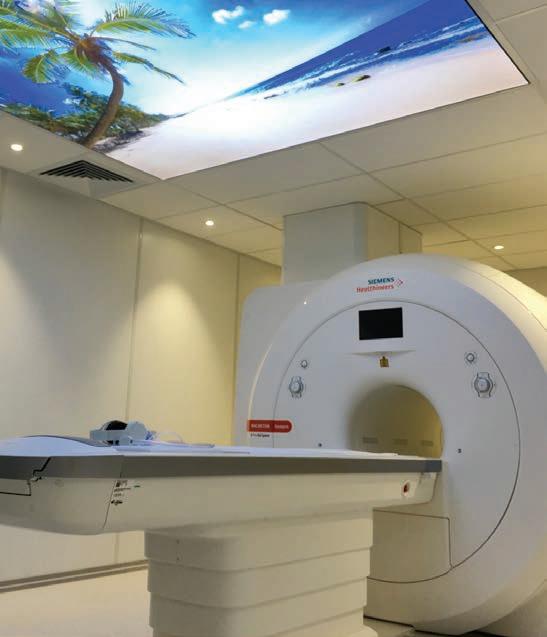
All Medicare rebatable items (including procedures) are Bulk-Billed* when referred by GP or Specialist. Contact reception for pricing guidance. Western Radiology providing Advanced Diagnostic Imaging & Interventions in the community.
*MRI not Medicare rebatable.
AS PERTH'S ONLY TRULY DEDICATED VARICOSE VEIN
CLINIC 6 wonderfulyears
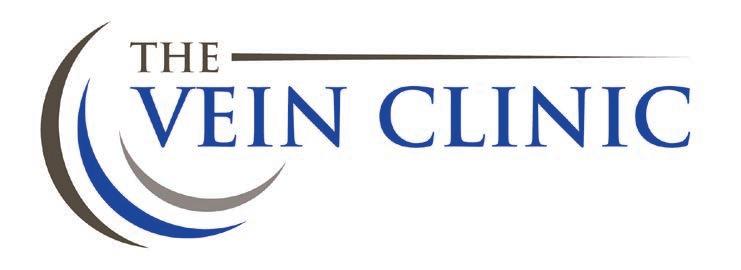
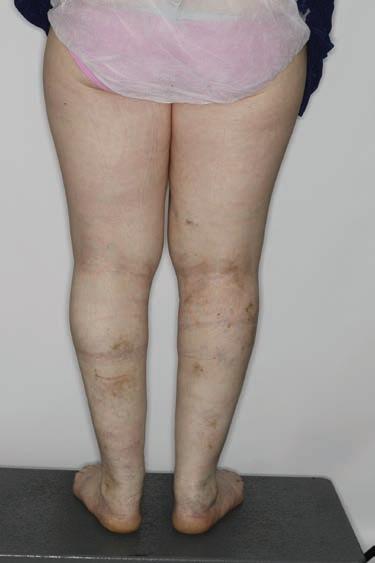
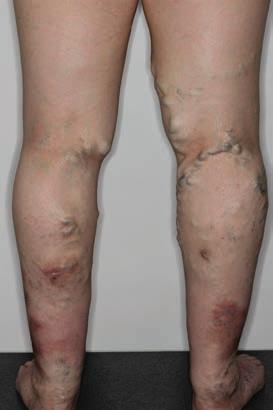
Over 1,900 new patients consulted Over 2,000 procedures performed New and improved ultrasound equipment All procedures performed under precise ultrasound imaging guidance
WHY CHOOSE THE VEIN CLINIC?
We are Perth's only dedicated Varicose Vein Clinic and as such our advanced treatments overcome many of the limitations associated with traditional sclerotherapy and surgery.
We have a laser focus on excellence in the diagnosis and management of superficial venous disease.


Our results speak for themselves - with a 99.5% initial closure rate being achieved with endovenous laser ablation (EVLA) treatments on saphenous veins, we are confident we can help you find freedom and relief from the debilitating symptoms of venous insufficiency.
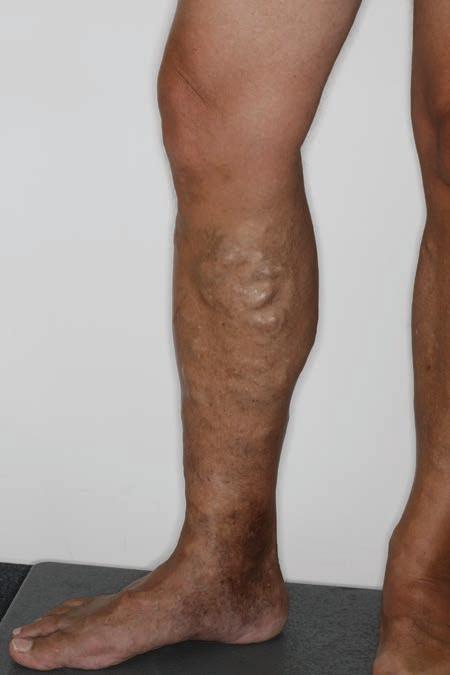
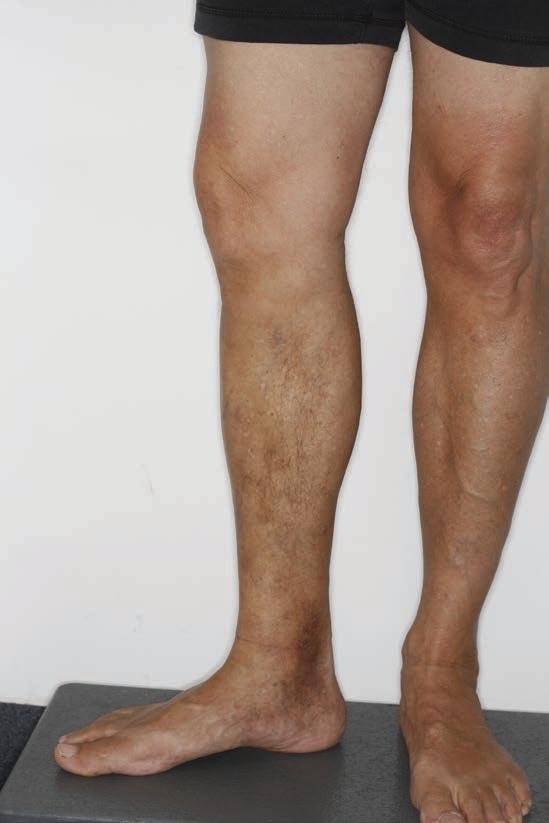
We are currently prioritising symptomatic patients only and following strict COVID-1 9 protocols - see our website for full details.
Oral burning
By Dr Amanda Phoon Nguyen, Oral Medicine Specialist, Perth
There are numerous differential diagnoses for intraoral burning. Perhaps the most well familiar is a condition known as ‘burning mouth syndrome’ (BMS), famously afflicting singer Sheila Chandra. It is preferably called oral dyaesthesia due to the fact that patients with BMS may report oral mucosal pain, altered taste sensation, and a dry mouth in addition to, or sometimes instead of, a burning sensation. While not actually a syndrome, BMS is defined as “a chronic intraoral burning sensation that has no identifiable cause – either local or systemic condition or disease”. It is associated with normal clinical signs and laboratory findings. It is estimated to affect between 0.1% and 3.9% of the general population and is most typically seen in postmenopausal older women. Psychological factors such as somatisation, anxiety, depression and personality disorders are identified more frequently in BMS patients. The cause of BMS is poorly understood, but hypotheses include peripheral neuropathy or neuropathic pain, with central sensitisation.
The most frequently affected area in people with BMS is the tongue. Symptoms are typically bilateral and symmetrical, and the pain tends to follow a temporal pattern, most commonly worsening during the day.
Key messages
Burning mouth syndrome (BMS) may present with symptoms aside from oral burning B MS is a diagnosis of exclusion Management may be difficult, and there should be consideration of any perpetuating psychosocial factors
Many treatments have been trialled, including topical or systemic clonazepam, gabapentinoids, tricyclic antidepressants, and anti-spasmodics. Other management strategies including the use of Vitamin B12 or zinc supplementation, alpha lipoic acid, palmitoylethanolamide, lowlevel laser therapy and capsaicin mouthwashes.
Patient education and anxiety management to improve the patients’ quality of life should also be considered. To date, few effective treatments are available and management of BMS can be difficult. BMS is a diagnosis of exclusion, and therefore other factors that may be associated with oral burning should be excluded before reaching a BMS diagnosis. Consider infective conditions such as oral candidiasis and traumatic cause such as damage to tongue papillae. This may be because of mucosal disease, damage secondary to salivary gland hypofunction (such as radiotherapy, saliva problems, eating disorders, gastro oesophageal reflux and dehydration).
Mental health and COVID
A systematic review and meta-analysis of the psychiatric consequences of coronavirus infections has recently been published in The Lancet Psychiatry.
Researchers identified 72 studies (65 peer review and seven pre-print) that featured data on the acute and post-illness psychiatric and neuropsychiatric features of coronavirus infections of 3,550 patients hospitalised with SARS, MERS, and COVID-19, aged between 12.2 and 68 years.
Author competing interests – nil
The authors found acute cases of SARS or MERS included confusion 27·9%, depressed mood 32·6%, anxiety 35·7%, impaired memory 34·1%, insomnia 41·9%, steroid-induced mania and psychosis 0·7%.
Other differentials include salivary gland disorders or immunemediated conditions affecting the salivary glands such as Sjogren’s syndrome, oral mucosal diseases such as oral lichen planus, metabolic issues (e.g. diabetes, thyroid disorders), medicationrelated adverse effect (e.g. ACE inhibitors), allergies including reaction to dental materials or dentures, oral galvanism, deficiency states (e.g. vitamin B, iron or folate deficiency) and central nervous system disorders including multiple sclerosis or Parkinson’s disease.










